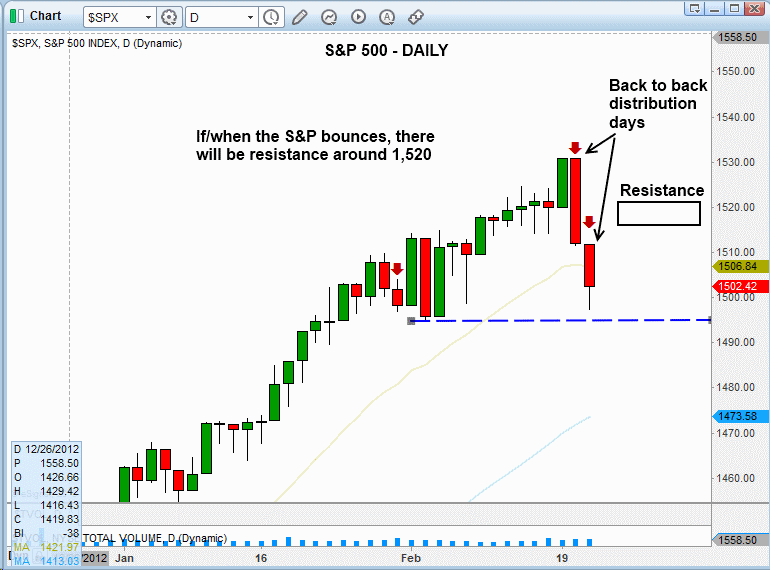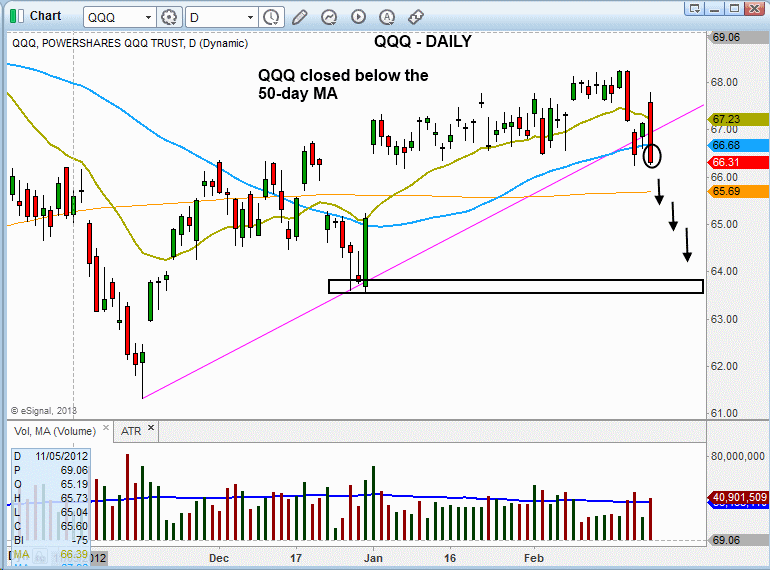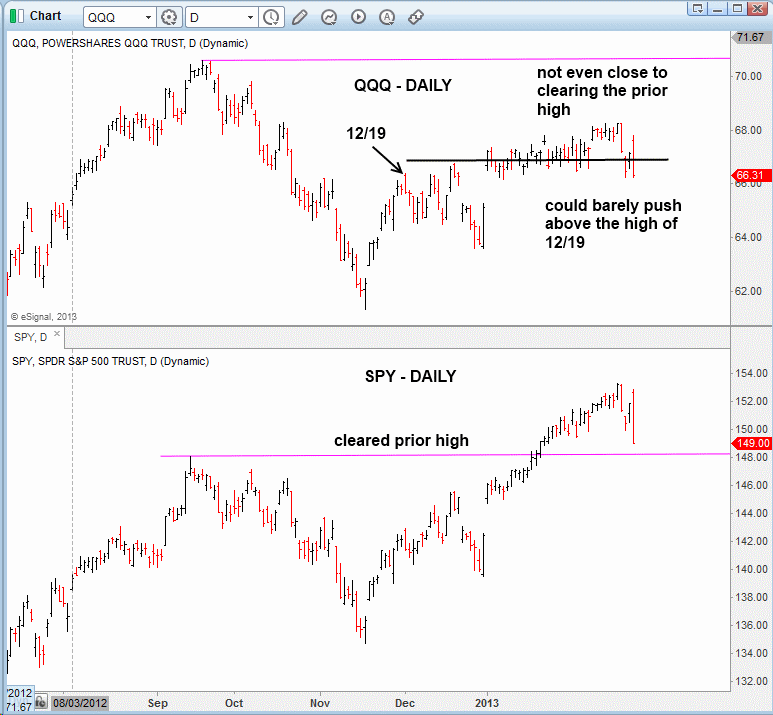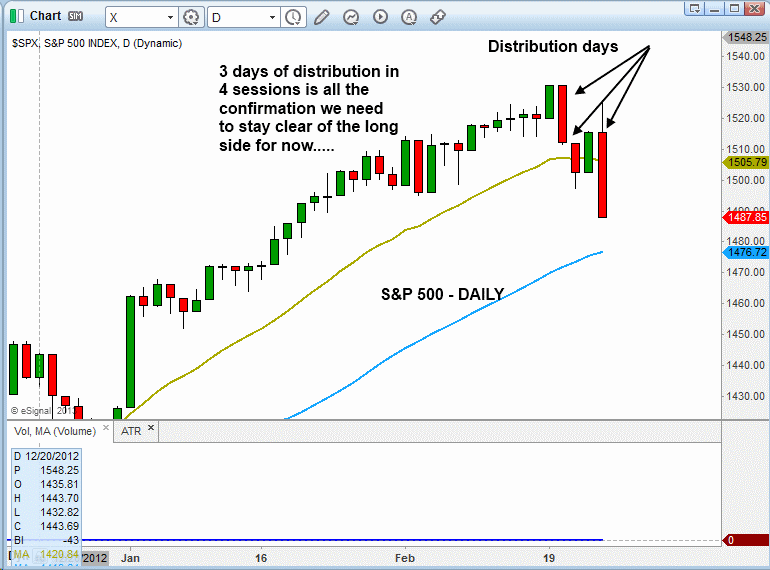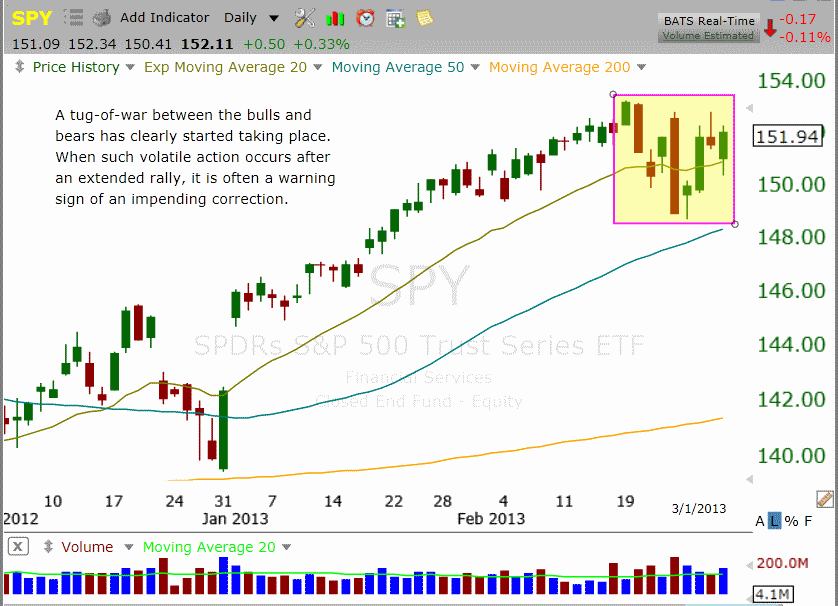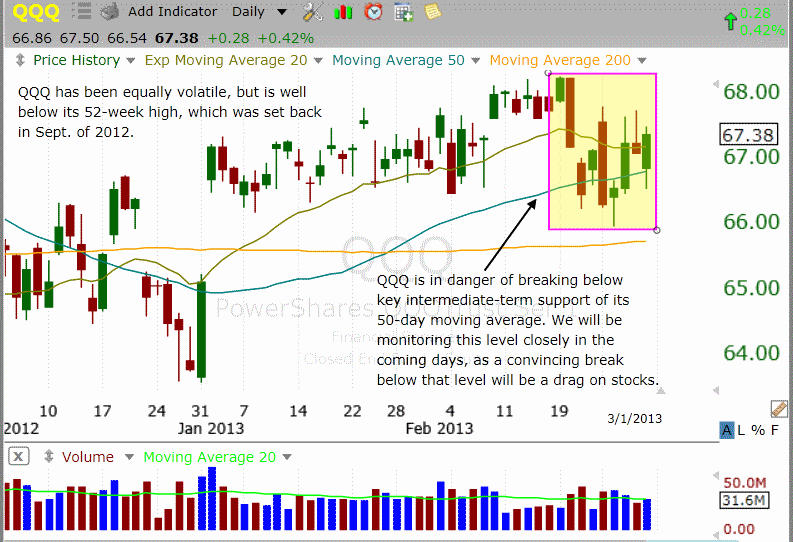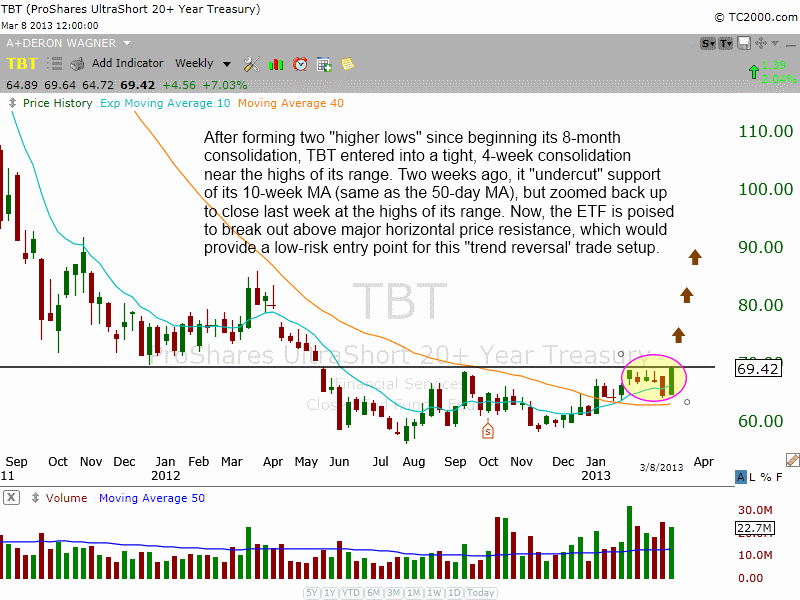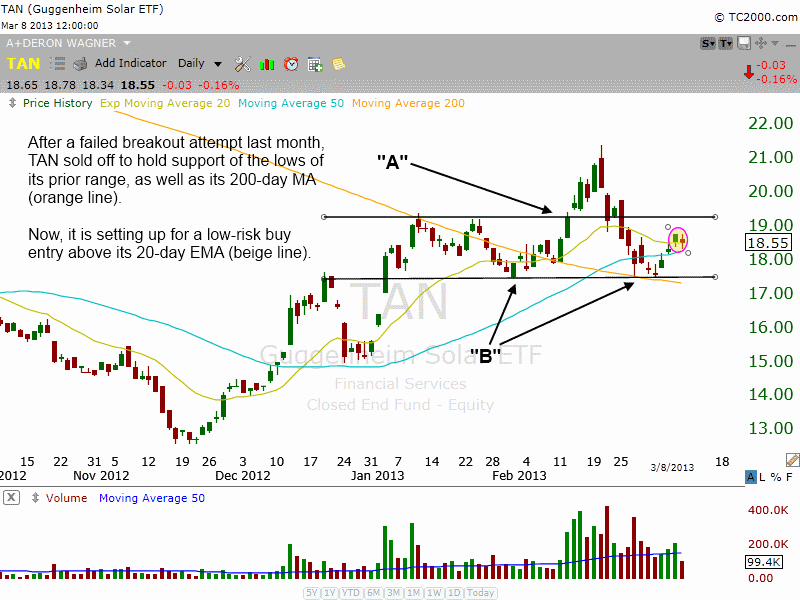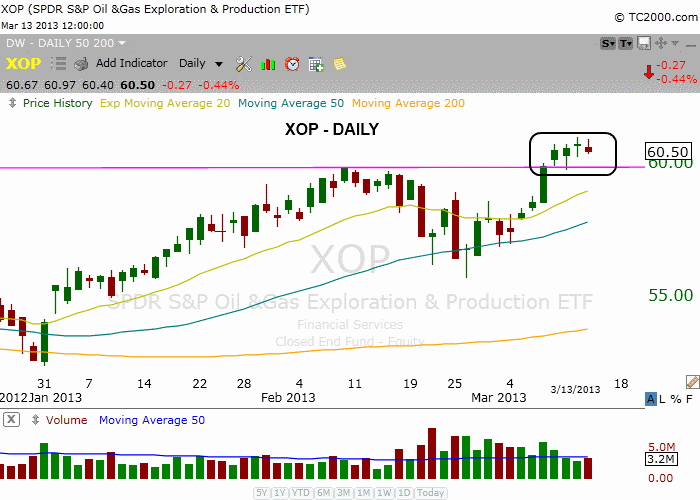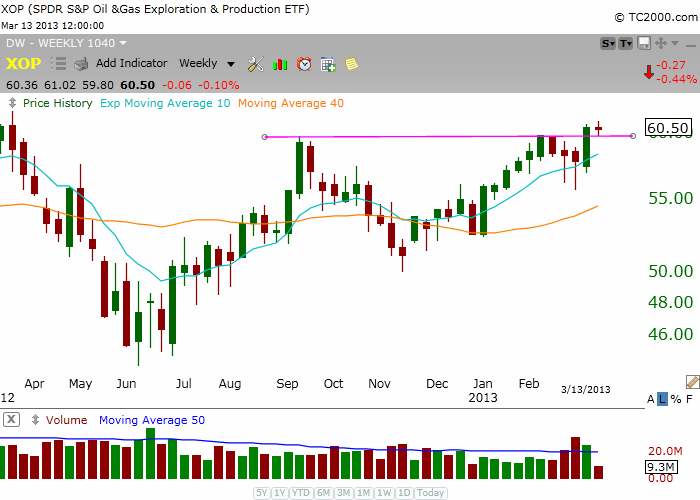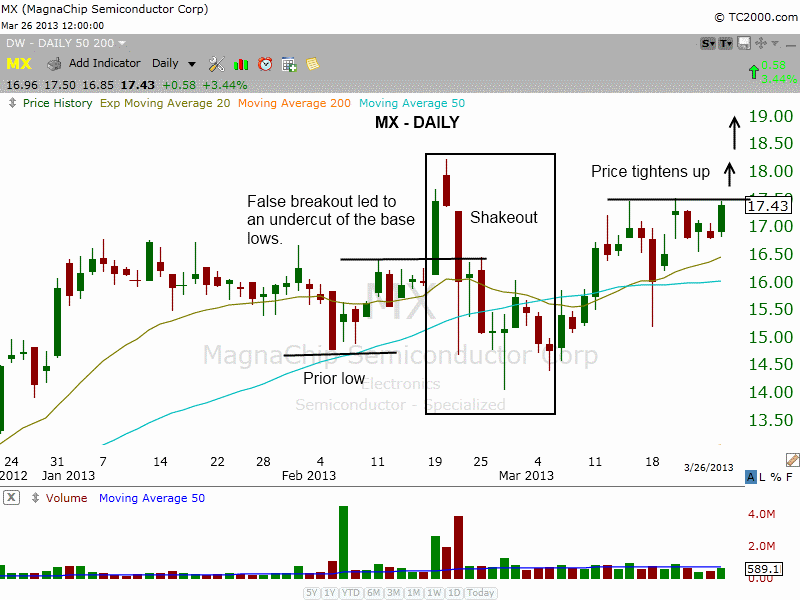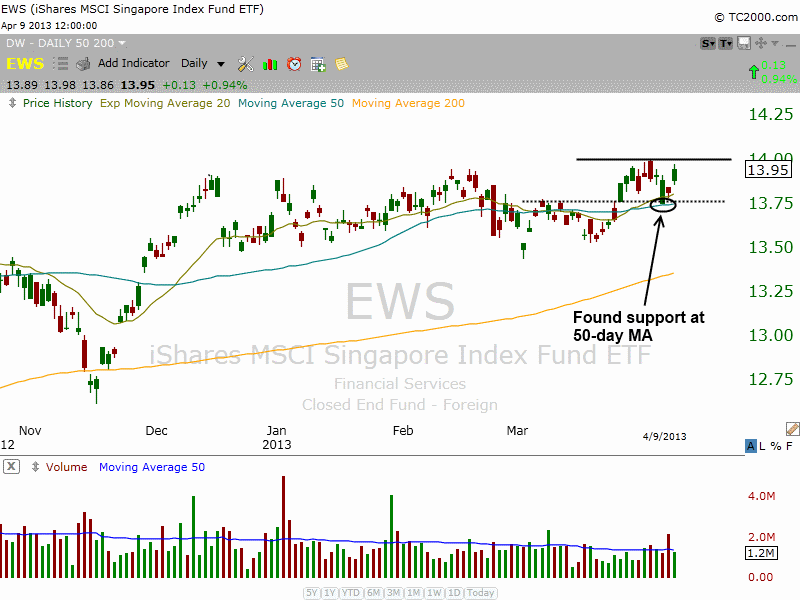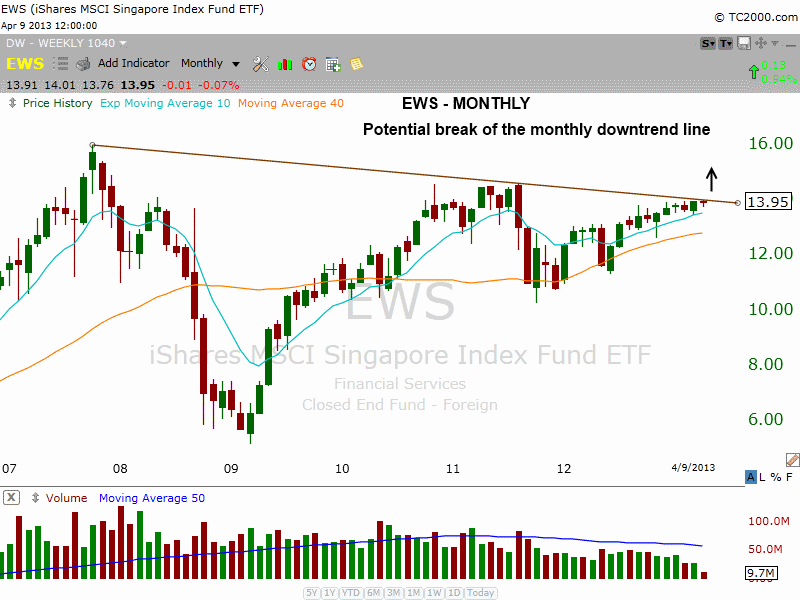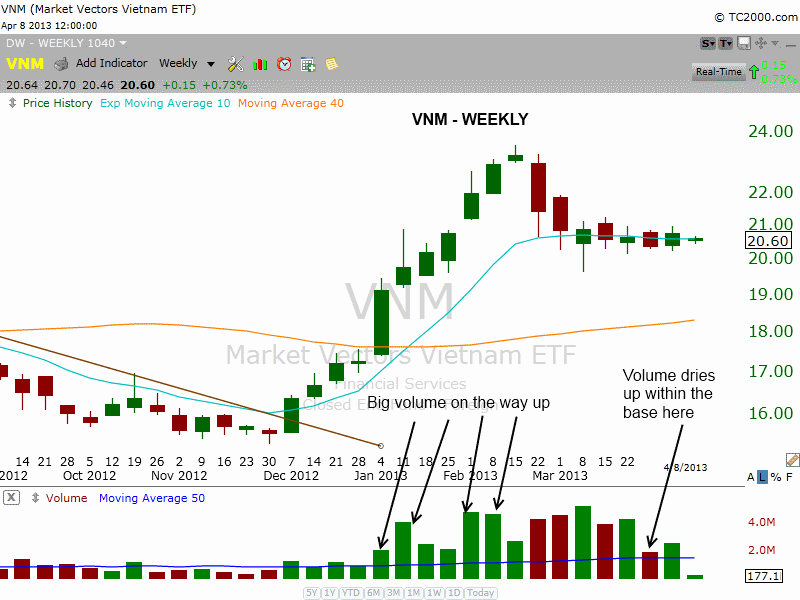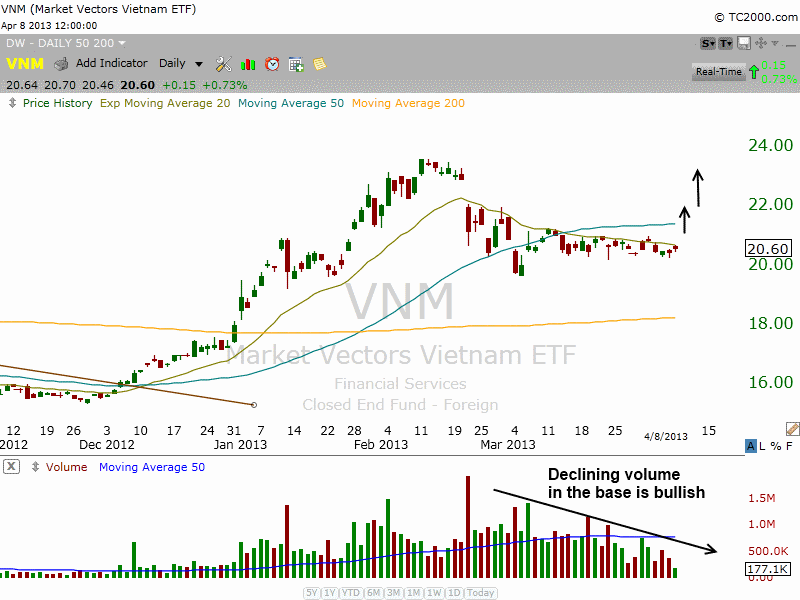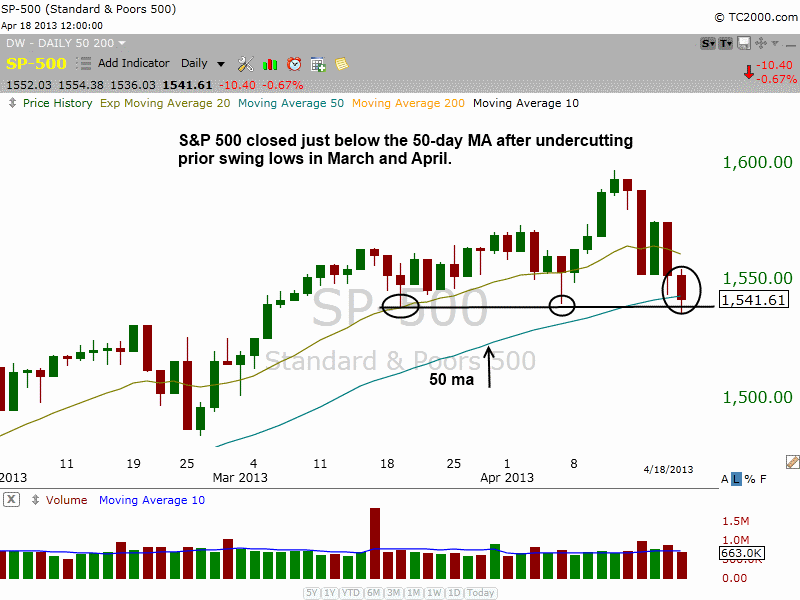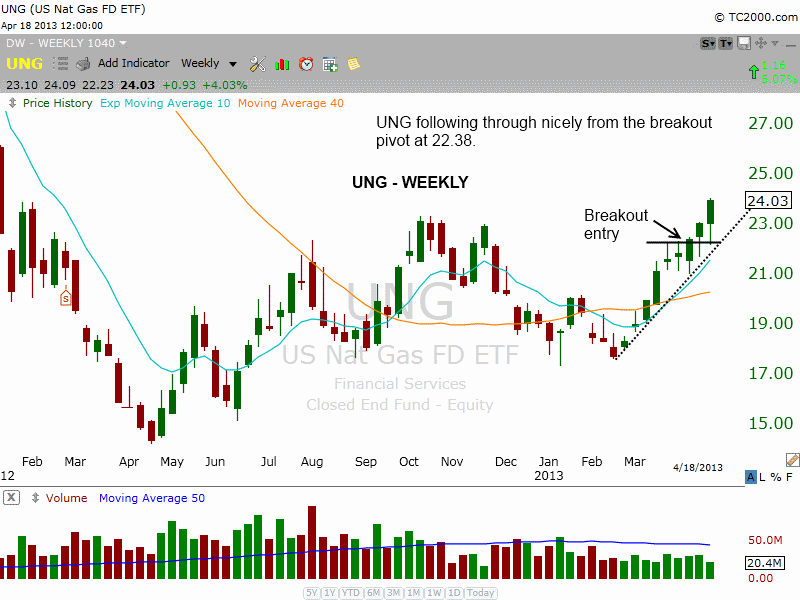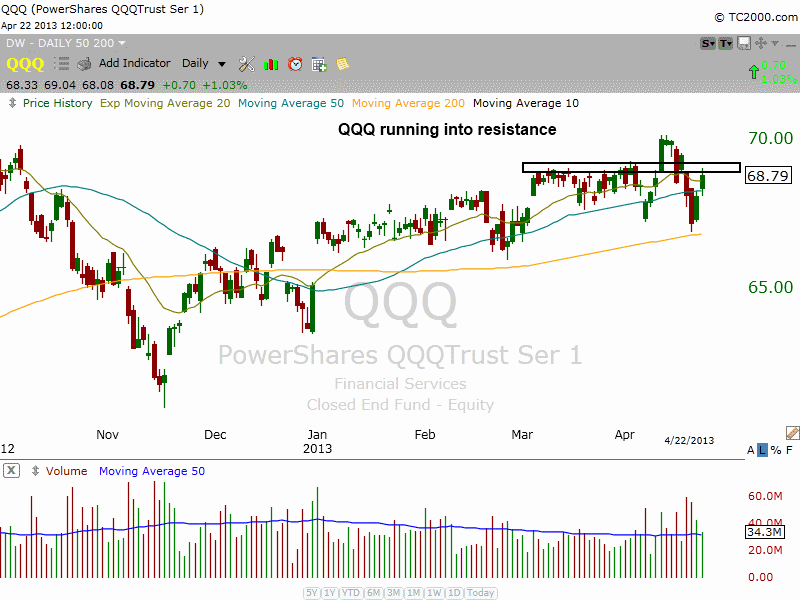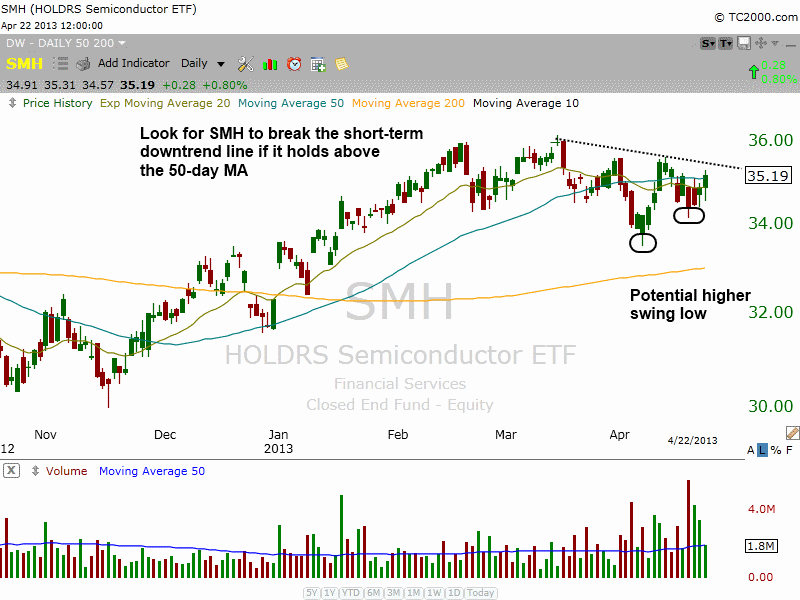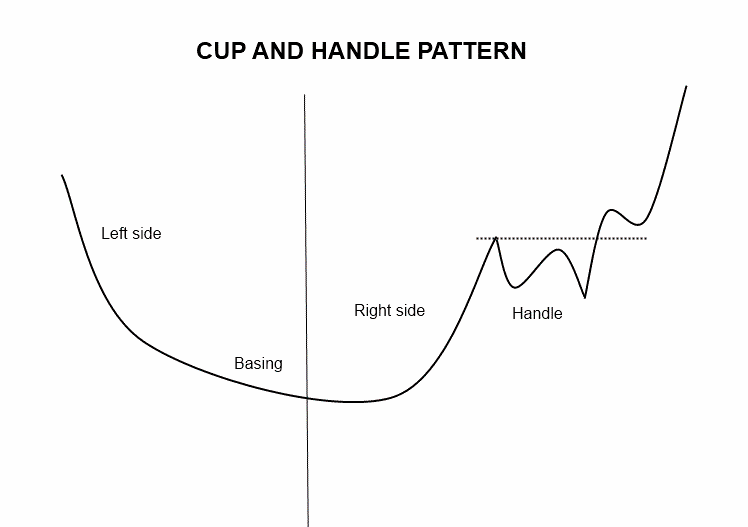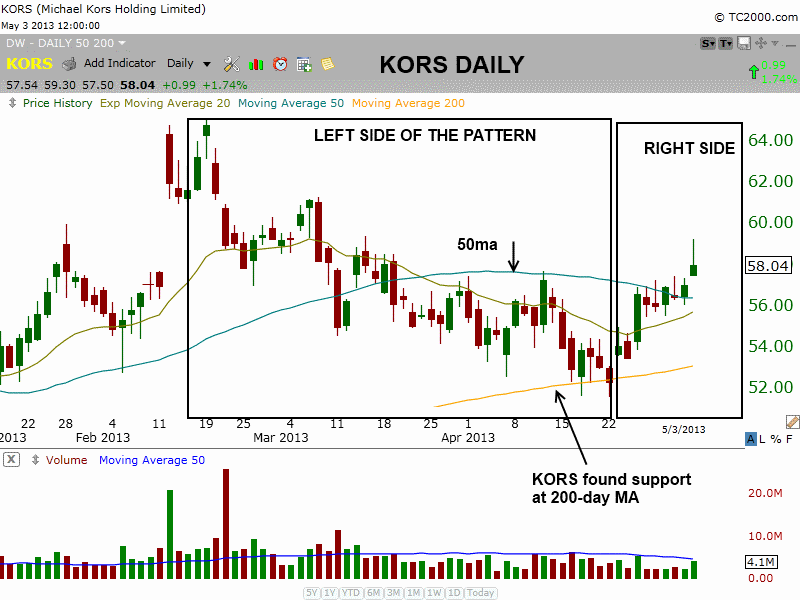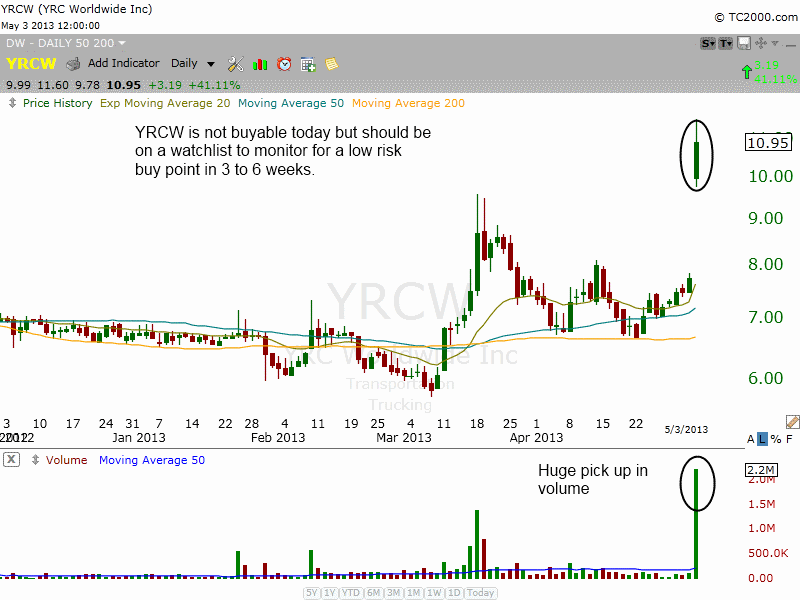morpheustrading
Active member
- Messages
- 166
- Likes
- 3
Why We Are Stalking This Shiny Solar ETF ($TAN)
Solar energy stocks have made a comeback over the past few months, with First Solar ($FSLR) leading the way. SolarCity ($SCTY), MEMC Electronic Materials ($WFR), and JinkoSolar Holding ($JKS) have been exploding higher as well. The Guggenheim Solar ETF ($TAN), which is heavily weighted in leading solar stocks from the United States and China, has also been shaping up nicely and may provide us with an ideal technical buy entry point within the next few days.
$TAN recently reversed a long-term (multi-year) downtrend, and the ETF is now beginning to show classic signs of a bullish trend reversal. On the weekly chart of $TAN below, notice the 10-week moving average crossed above the 40-week moving average two weeks ago. This moving average crossover is a bullish technical signal that signals a reversal of the dominant trend:
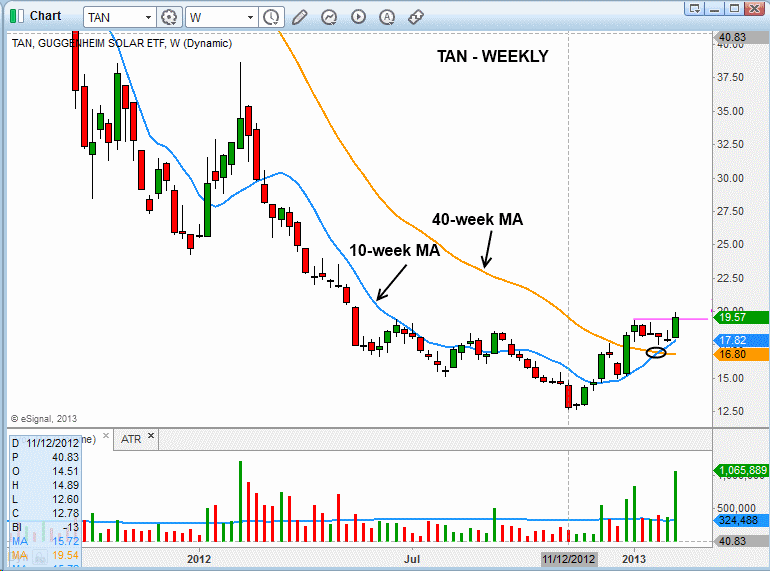
Zooming in to the shorter-term daily chart interval below, we see that $TAN broke out above a month-long base of consolidation yesterday (February 13), but closed near its intraday low. If $TAN now turns into a false breakout by pulling back over the next three to five days, we may be able to grab a low-risk swing trade buy entry as the ETF retraces to near-term support of its rising 20-day exponential moving average, around the $18.40 – $18.50 level:
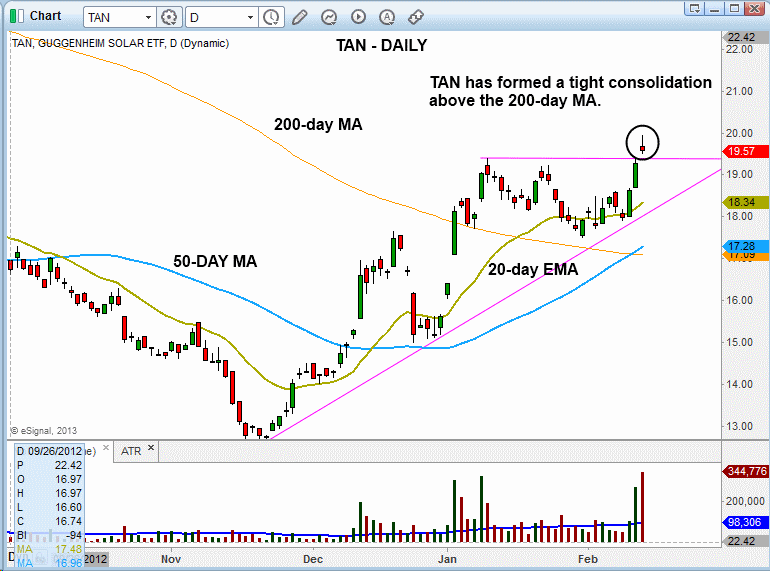
The false breakout entry is low-risk because traders who buy the breakout are quickly forced to sell, which absorbs overhead supply. Accordingly, the next breakout attempt has higher odds of succeeding and following through to the upside. Furthermore, false breakout entries enable short-term swing traders to have a clearly defined stop price below the low of the pullback, which creates a very positive reward-risk ratio for the setup.
If the next move of $TAN is to drift back down into its previous range (false breakout), we will add it to our “official” watchlist as an actionable momentum trade buy setup. As always, regular subscribers of our swing trading newsletter will be notified in advance of our predetermined entry, stop, and target prices for the $TAN swing trade if it meets our strict, rule-based criteria for buy entry.
Solar energy stocks have made a comeback over the past few months, with First Solar ($FSLR) leading the way. SolarCity ($SCTY), MEMC Electronic Materials ($WFR), and JinkoSolar Holding ($JKS) have been exploding higher as well. The Guggenheim Solar ETF ($TAN), which is heavily weighted in leading solar stocks from the United States and China, has also been shaping up nicely and may provide us with an ideal technical buy entry point within the next few days.
$TAN recently reversed a long-term (multi-year) downtrend, and the ETF is now beginning to show classic signs of a bullish trend reversal. On the weekly chart of $TAN below, notice the 10-week moving average crossed above the 40-week moving average two weeks ago. This moving average crossover is a bullish technical signal that signals a reversal of the dominant trend:

Zooming in to the shorter-term daily chart interval below, we see that $TAN broke out above a month-long base of consolidation yesterday (February 13), but closed near its intraday low. If $TAN now turns into a false breakout by pulling back over the next three to five days, we may be able to grab a low-risk swing trade buy entry as the ETF retraces to near-term support of its rising 20-day exponential moving average, around the $18.40 – $18.50 level:

The false breakout entry is low-risk because traders who buy the breakout are quickly forced to sell, which absorbs overhead supply. Accordingly, the next breakout attempt has higher odds of succeeding and following through to the upside. Furthermore, false breakout entries enable short-term swing traders to have a clearly defined stop price below the low of the pullback, which creates a very positive reward-risk ratio for the setup.
If the next move of $TAN is to drift back down into its previous range (false breakout), we will add it to our “official” watchlist as an actionable momentum trade buy setup. As always, regular subscribers of our swing trading newsletter will be notified in advance of our predetermined entry, stop, and target prices for the $TAN swing trade if it meets our strict, rule-based criteria for buy entry.



